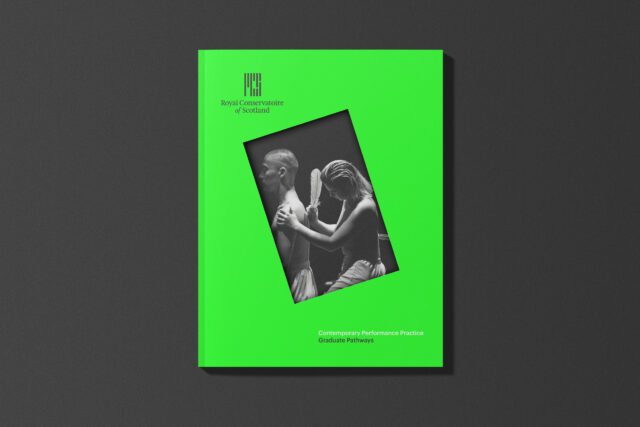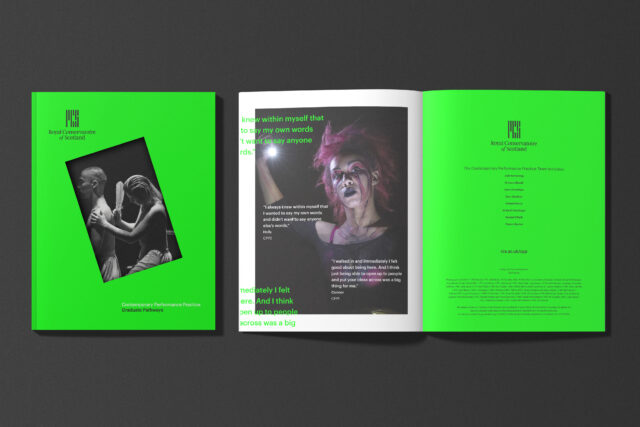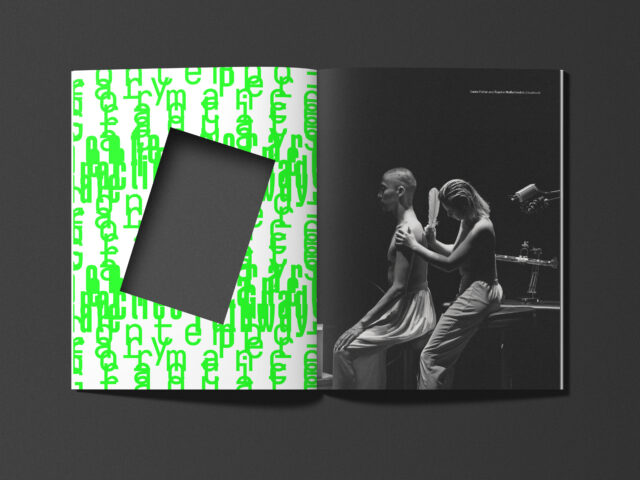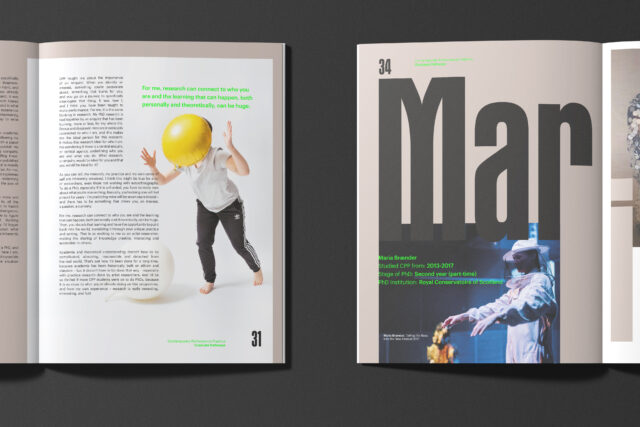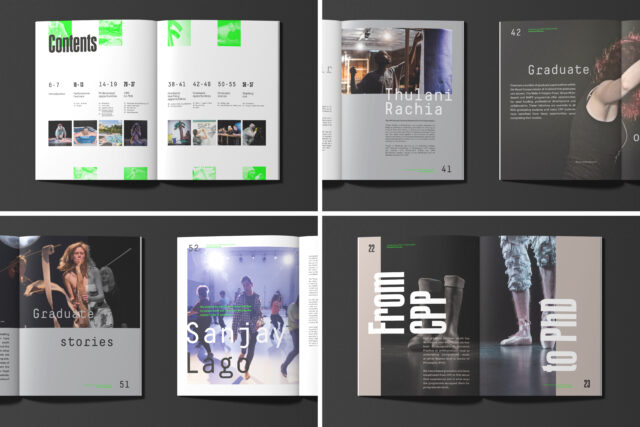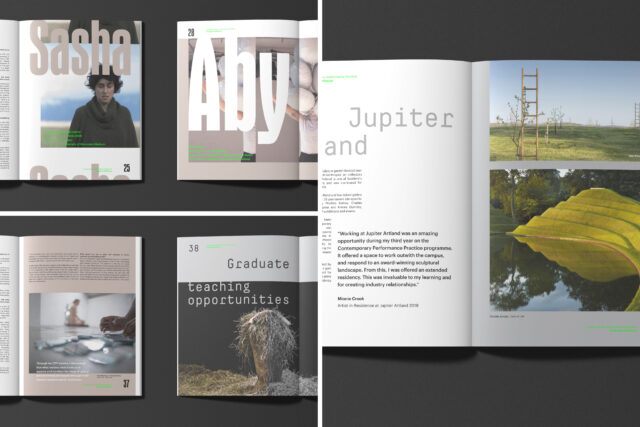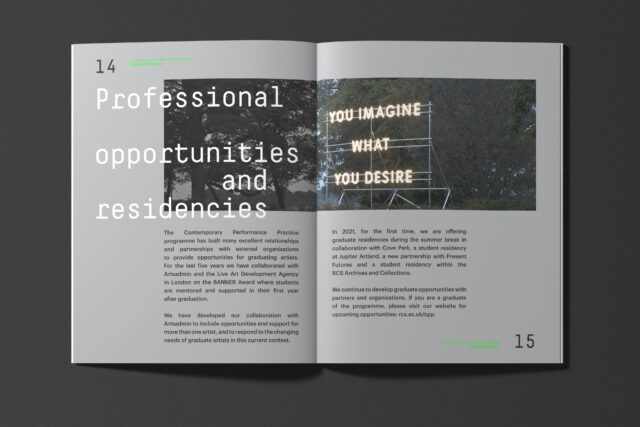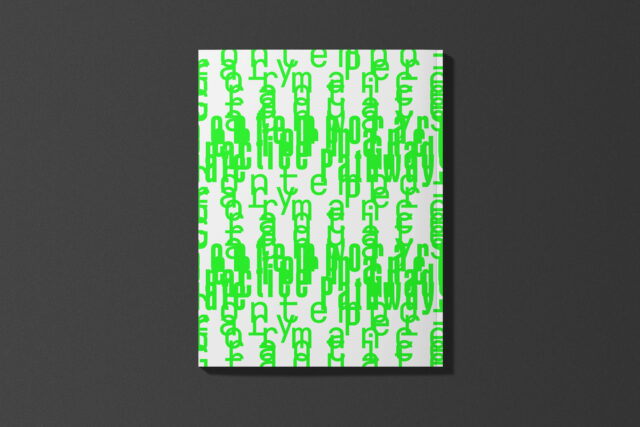Contemporary Performance Practice Graduate Pathways
Nomination
Category
GRAPHIC: Print design
Company
Fourtwentyseven Design
Client
Royal Conservatoire of Scotland
Summary
The Royal Conservatoire of Scotland (RCS) is the only conservatoire in Europe to teach across all of the performing and production arts. Their students are driven to create original work, inspire one another and break new ground within the industry. Our brief was to create a publication that was reflective of this ground-breaking approach.The collaborative environment at the RCS is the perfect place for a programme such as the Contemporary Performance Practice (CPP) degree to have grown and evolved. The reach of the student output does not stop at the conservatoire walls; students have created work in various community settings, using their art to make a deep and meaningful impact within prisons, schools, nursing homes, hospices and youth groups. The publication was designed to highlight some of the opportunities available to students who come to study Contemporary Performance Practice – and what they can aspire to achieve post-graduation. The document is a celebration of the work and achievements of the RCS alumni and outlines the various ways in which the CPP programme and the RCS support student artists after graduation. The energetic and upbeat feel to the design was created to reflect this sense of celebration, while at the same time staying firmly rooted in the contemporary performance art world.We have worked with the CPP programme for over 12 years and in the course of our relationship we have developed a variety of visual styles that have been applied to a number of programmes and initiatives. One constant that has been applied is the use of fluorescent colour. This additional print technique was originally implemented to give the collateral a stand out quality and set it apart from the traditional RCS marketing materials. The use of the neon colours has not been restricted to a single colour and we have varied this over each project, creating a sense of individuality to each piece. The document has been created to explore the ecological and social function of performance and how performance can be an “act of community”. The design features several different fonts and techniques to visually provide a separation between each section of the book, this sense of variety is intentional and created to reflect the range of concepts contained within the document. The concepts illustrated include social practice, live art, performance art, postmodern and postdramatic performance, installation, performance research, site-specific and documentary practices.

